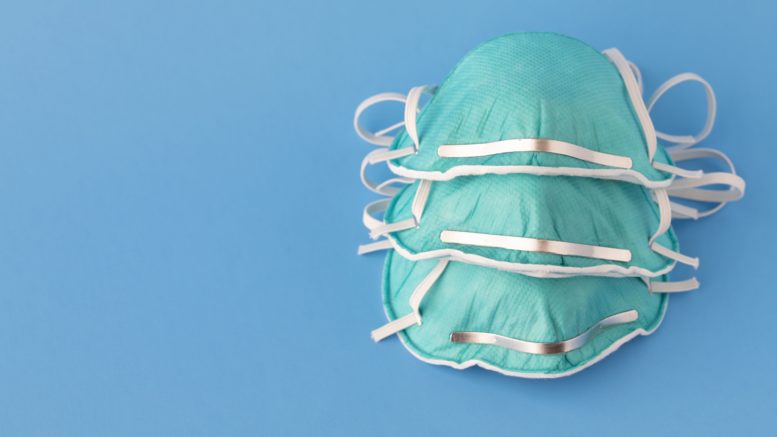Anesthesia professionals – who are in close contact as they help patients breathe through airway equipment – are at increased risk of exposure to COVID-19 and should wear N95 masks or similarly protective equipment in all diagnostic, therapeutic and surgical procedures, according to an updated statement from The American Society of Anesthesiologists (ASA), the Anesthesia Patient Safety Foundation (APSF), the American Academy of Anesthesiologist Assistants (AAAA) and the American Association of Nurse Anesthetists (AANA).
Due to potential shortages of these masks, the joint statement agrees with the Centers for Disease Control and Prevention (CDC) that alternatives to N95 masks should be considered, including powered air purifying respirators (PAPRs), and that partnering with other industries to re-purpose the masks they use – including construction and manufacturing – can help increase the supply.
The updated ASA/APSF/AAAA/AANA statement notes:
- Distribution of N95 masks or availability of powered air purifying respirators (PAPRs) for all clinical anesthesia providers should be a priority.
- Growing experience shows a five-day or longer incubation time exists between exposure to the virus and symptom development.
- People who are COVID-19-positive can be either asymptomatic or have minimal symptoms.
- Testing for COVID-19 is not universally or promptly available.
- Identification of patients who are positive or negative for COVID-19 is not possible with certainty in the clinical care setting.
- It is optimal practice that all anesthesia professionals use PPE appropriate for aerosol-generating procedures for all patients when working near a patient’s airway.
- If a facility has existing or projected shortages of N95 masks or PAPRs, temporary mitigation plans should be enacted based on current CDC recommendations.
- Extended or limited reuse of N95 masks should follow CDC and institutional guidelines
ASA, APSF, AAAA and AANA continue to monitor COVID-19 to evaluate and manage its impact on members, the healthcare community, patients, and staff. Additional important information on anesthesia care in the COVID-19 pandemic will be regularly updated on ASA, APSF, AAAA and AANA web pages.
Read the complete, updated statement HERE.
Source: American Society of Anesthesiologists (ASA)

Be the first to comment on "Anesthesia Professionals at High Risk for Exposure to COVID-19 Should Wear Most-Protective Masks; Guidance Updated"